BreezyBrew
IPA is my spirit animal
Anyone doing closed transfers from carboy to kegs? I have yet to hear if that improved their beer or not. I'm going to be trying later this week.


Anyone doing closed transfers from carboy to kegs?
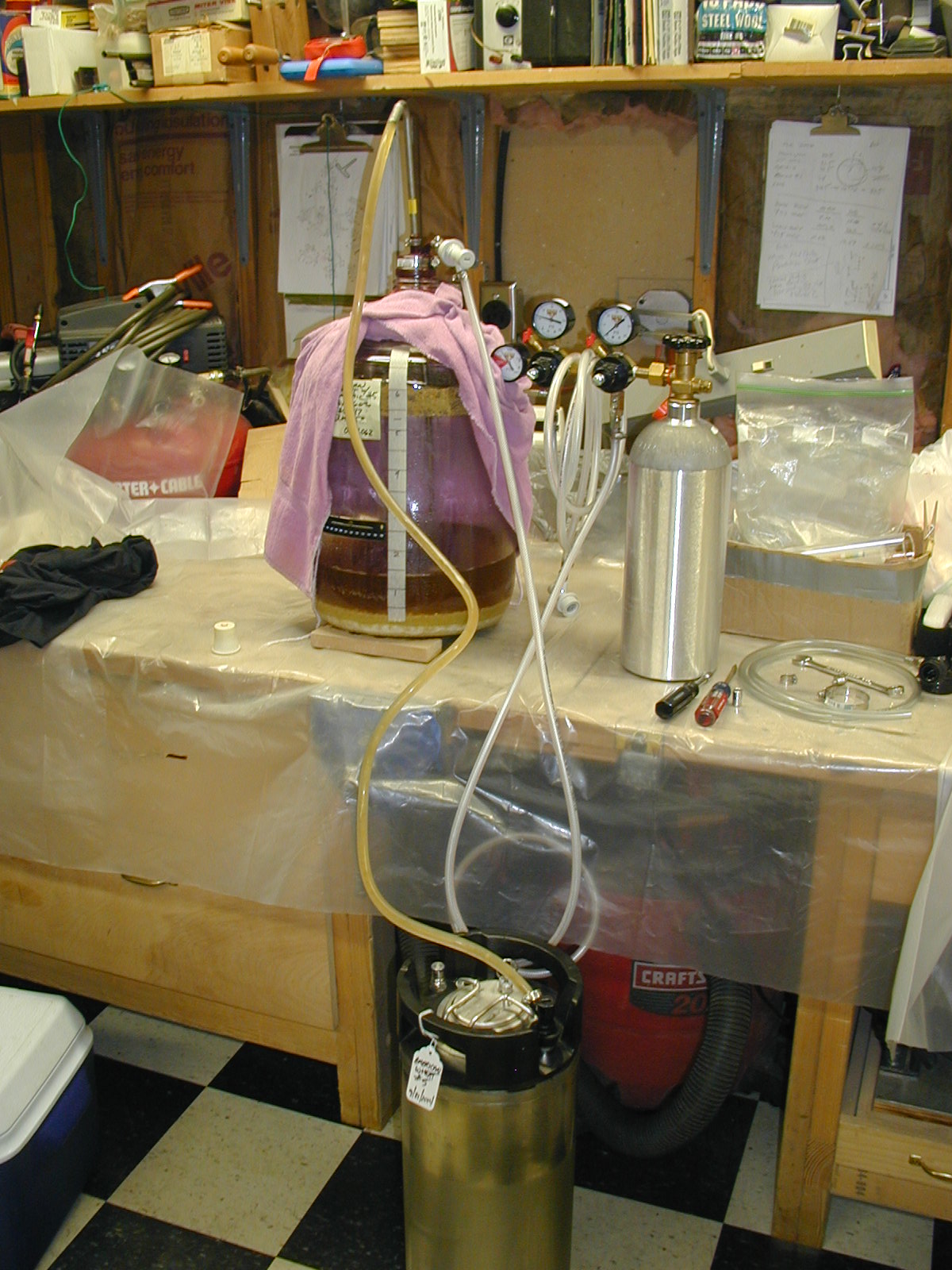

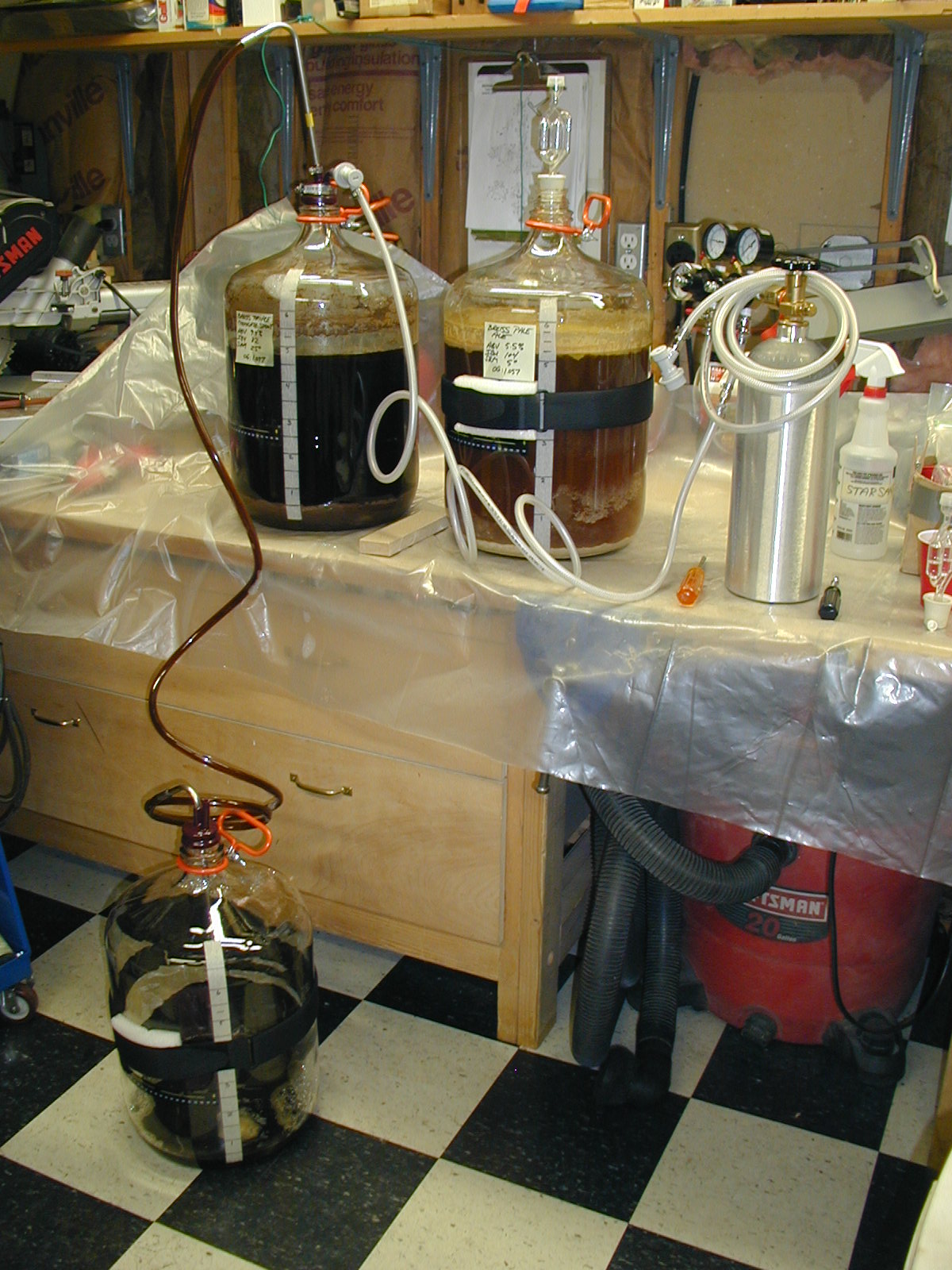

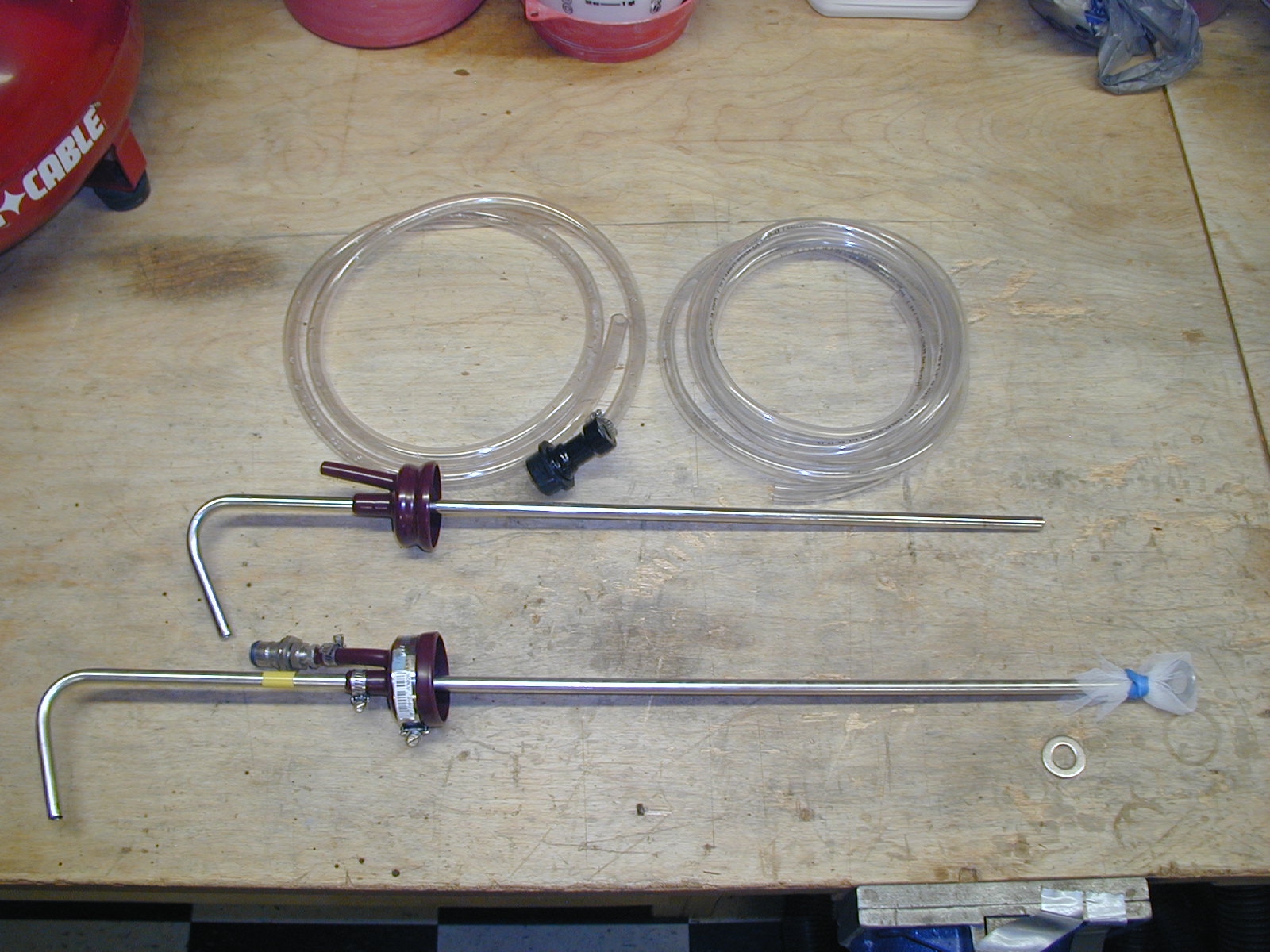
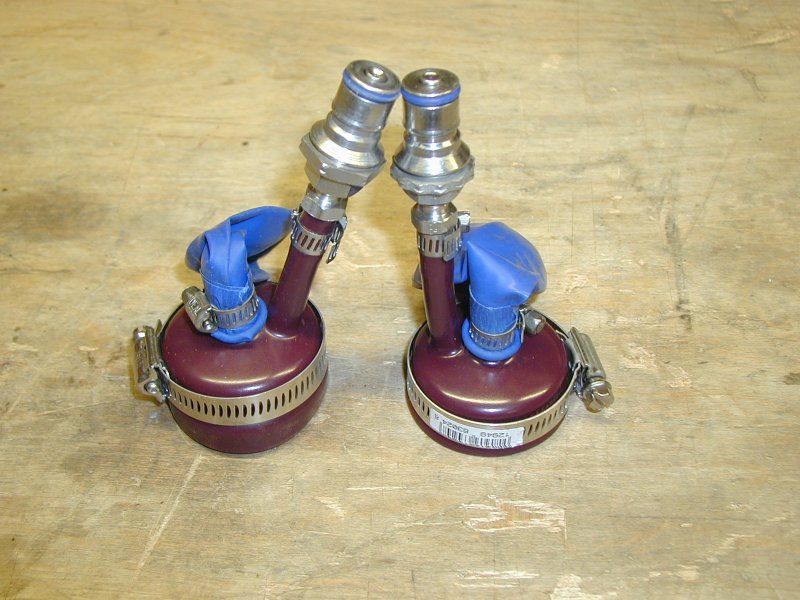
But it does preclude the potential down-side of oxygen exposure (like, when your trusty autosiphon decided today's the day it's gonna suck hella amounts of air).
I just did my first carboy to carboy and carboy to keg transfer doing this method. I'm hoping that I will be able to notice the difference a little, but we will wait and see.
Of course. Carboy to keg, keg to keg, carboy to carboy.
Heck, we even cold-crash under CO2.
It's all good! :rockin:
Thanks for the pics trippr! The third to the last, I'd imagine those carboys are cold crashing?
I imagine keeping the beer under co2 throughout its life will always be good for it, how exactly did you connect the gas to the carboy?
Thanks for the pics trippr! The third to the last, I'd imagine those carboys are cold crashing?
Of course. Carboy to keg, keg to keg, carboy to carboy.
Heck, we even cold-crash under CO2.
It's all good! :rockin:
Does it make a difference?
Well, I'm not sure, the beer has always been pretty darned good just by avoiding the obvious handling pratfalls.
But it does preclude the potential down-side of oxygen exposure (like, when your trusty autosiphon decided today's the day it's gonna suck hella amounts of air).
That alone makes it worth it to me, one fewer thing to worry about...
Cheers!

And what are the balloons exactly for? I have never seen that before. Looks like a nice setup.
I like all of this! Good work
Is that you cold crashing in one of those last pics? I'm guessing you just slowly turn the gas on until the balloon stands at attention then just walk away?
Also, does that little filter with the washer weight on your racking cane ever clog up? Do you dry hop and let them free float?
Of course. Carboy to keg, keg to keg, carboy to carboy.
Heck, we even cold-crash under CO2.
What is the adapter you put on the gas post to attach to the carboy cap? Is it one of these NPT adapters or is it a little hose barb on the end?
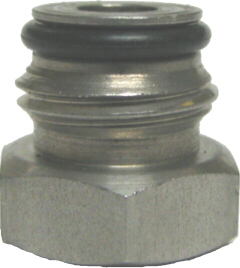
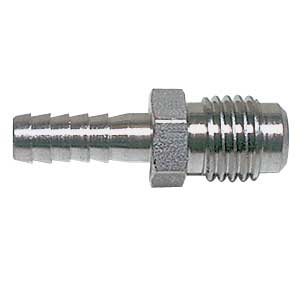

I had a stuck airlock cause a glass carboy explode once... I was in the room and it was a scary experience! not you mention a messy one.Folks use those carboy caps and racking wand to seal the carboy. I've never done this, nor would I for fear of injury from cracking the carboy even at 1-2 psi.
But, I guess that you could theoretically, use co2 at low psi to initiate a siphon, then could fill the neck with co2 without pressure to provide a "blanket" of co2" somehow, perhaps by removing the carboy cap leaving the racking cane in one port?
I can do from conical with a MFL to NPT adapter full coupling and TC adapter affixed to blow off port.
TD
Add a nylon flare gasket, a functional poppet and a hose clamp, and you're good to go...
For those that are pushing with C02, how are you keg hopping? I couldn't really think of a good way to do so other than putting the hops in the keg before initating the transfer.
Did keg hopping for the first time while racking using the co2. I sanitized the keg, add the hop bag to the keg, purge the oxygen, than transferred.
Of course. Carboy to keg, keg to keg, carboy to carboy.
Heck, we even cold-crash under CO2.
It's all good! :rockin:
Does it make a difference?
Well, I'm not sure, the beer has always been pretty darned good just by avoiding the obvious handling pratfalls.
But it does preclude the potential down-side of oxygen exposure (like, when your trusty autosiphon decided today's the day it's gonna suck hella amounts of air).
That alone makes it worth it to me, one fewer thing to worry about...
Cheers!
Inspired by another thread I had an idea and wanted to run it by you guys. What about a closed loop closed transfer? Flush and slightly pressurize your keg with co2, attach a liquid line to your racking cane, attach a gas line to the other nipple on carboy cap, attach both these lines to the (slightly) pressurized keg, hit your relieve valve just enough to get the siphon started. Closed loop! Would this work? If so what would a safe psi on the keg be for a plastic carboy?
...
The main drawback is that you can't use pressure to speed it up. You have to do a gravity siphon.
Would this be any slower than a normal siphon? Transferring 5 gallon batches, usually only one in a day, it never occurred to me that I needed to speed things up. I guess if you had a lot of batches to package, one after the other, I could see it being an issue.
Yes, that's absolutely right, and the best way. Purging the keg with CO2 is wasteful unless done like this: fill the keg with water/sanitizer, then empty it out with pressurized CO2. So you have a keg with 100% CO2 at 1 atm, and wasted no CO2 to do it! Like you said, feed the gas port back to the carboy. Your beer gets ZERO oxygen exposure. I'm surprised nobody else mentioned this.
I'm not convinced it's necessary, but for anyone trying to minimize O2, this is how you do it.
The main drawback is that you can't use pressure to speed it up. You have to do a gravity siphon.
Resurrecting an old(er) thread here. Is this as simple as it sounds in regards to a closed loop transfer? Couple of questions while reading this...
1. The beer line going from the racking cane to the keg should be on the "In" post, correct or does it not matter?
2. In follow up to number 1, the other line would be on the "out" post of the keg allowing the CO2 from the keg to go back into the carboy, correct?
3. What's the most amount of pressure you'd want to have in the keg when doing this? I imagine you want it to be pretty low to keep from blowing up the carboy or does the pressure in the keg not have any effect on the carboy in this setup?
Thanks
Some folks have recently claimed that this method will cause some oxygen to escape from the sanitizer and into your purged keg. I have no idea to what extent that happens, but obviously this process is still pretty good.
Enter your email address to join: